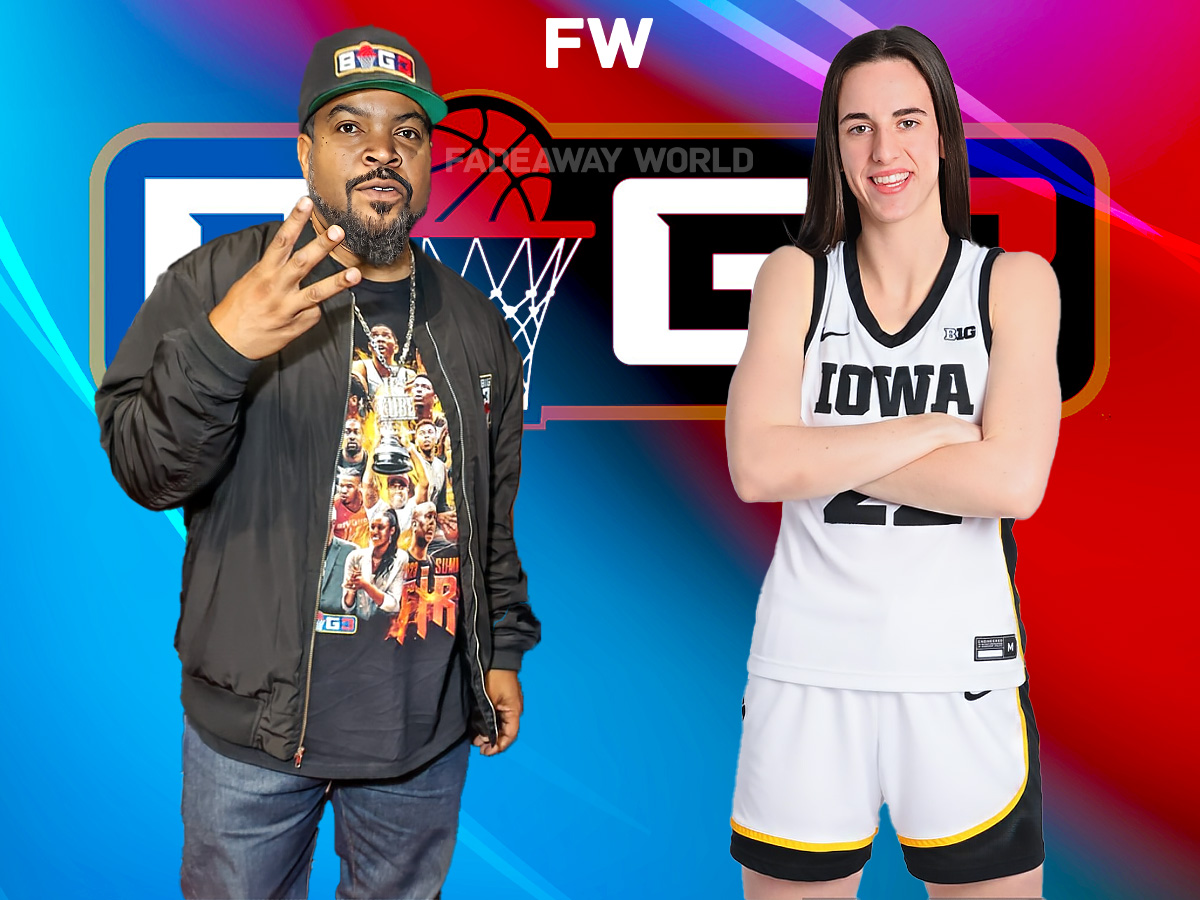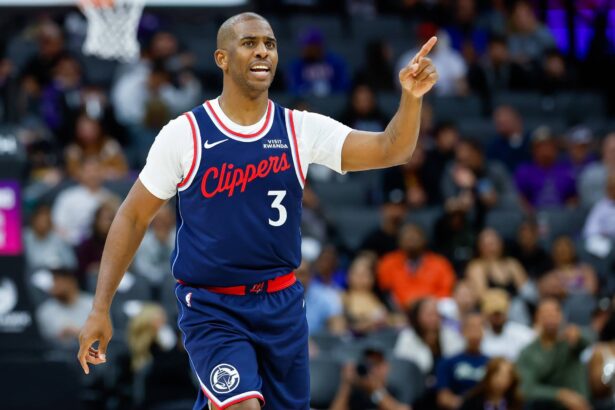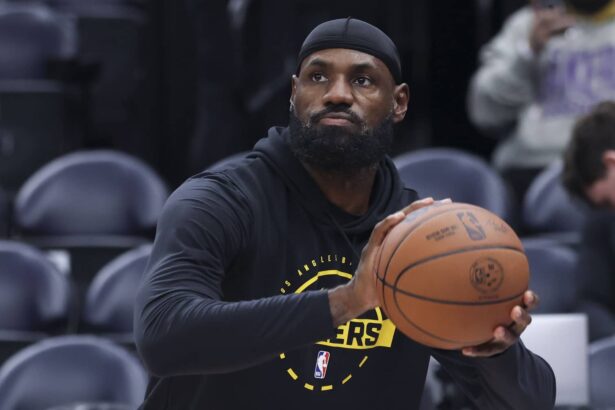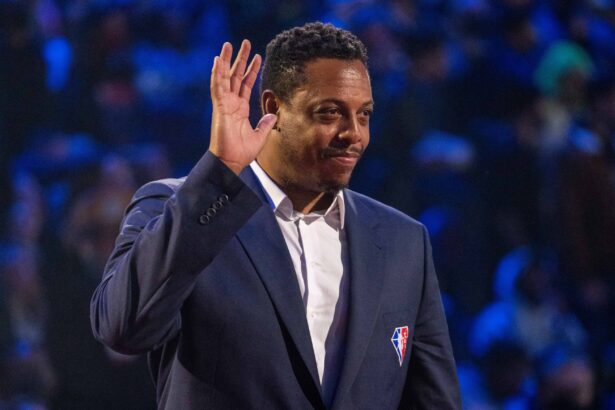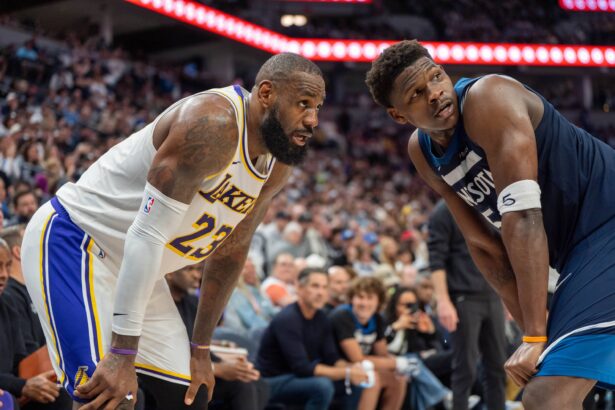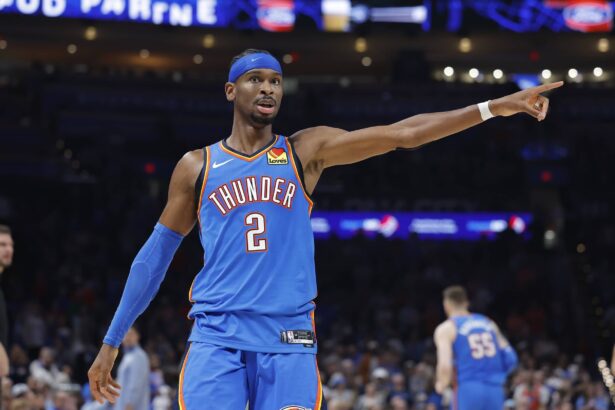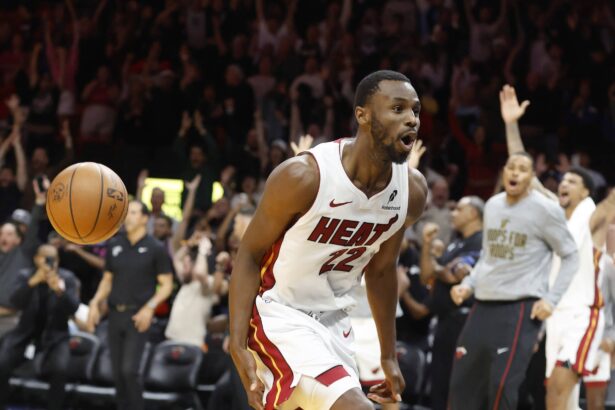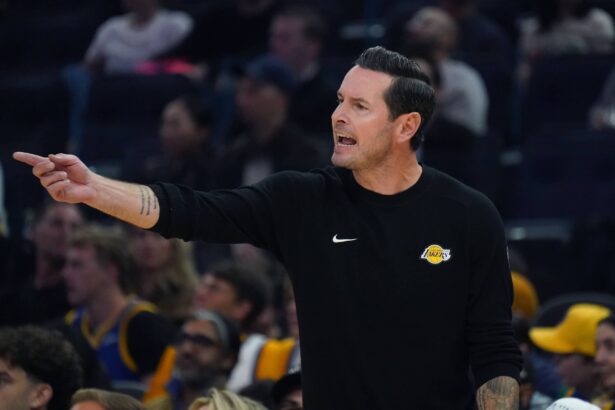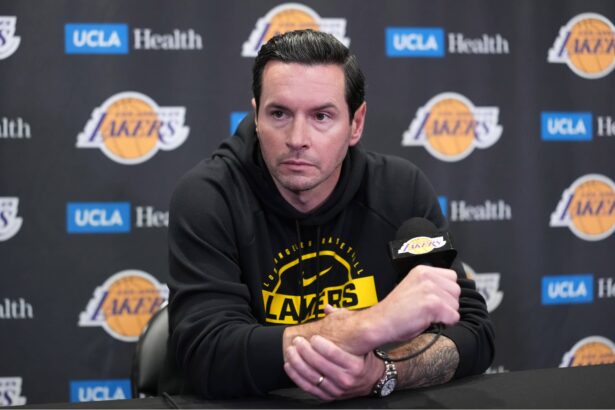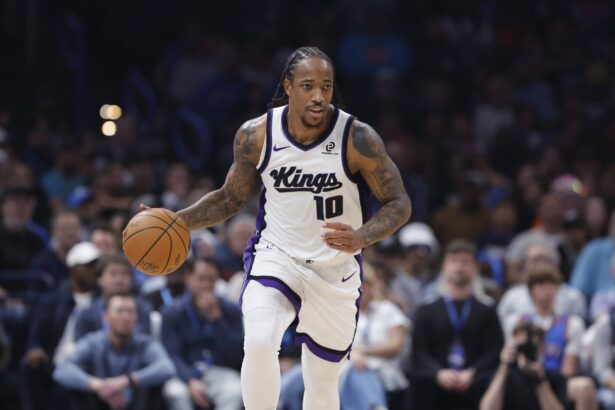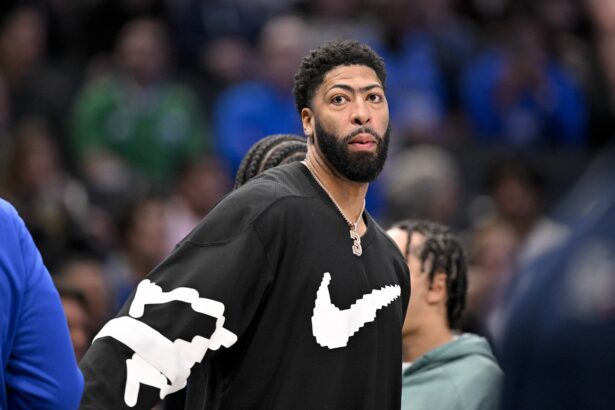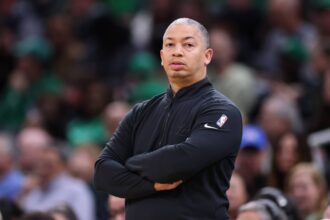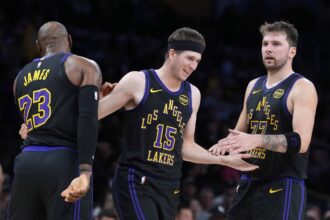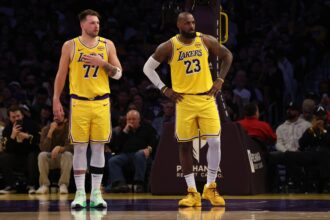The recent offer extended to Caitlin Clark by Ice Cube’s Big3 basketball league has sparked significant interest and discussion within the basketball community. Reportedly, the offer stands at a staggering $5 million, making it a historic proposition for the Iowa women’s basketball star.
“We intended the offer to remain private while Caitlin Clark plays for the championship. But I won’t deny what’s now already out there: BIG3 made a historic offer to Caitlin Clark. Why wouldn’t we? Caitlin is a generational athlete who can achieve tremendous success in the BIG3.”
While Ice Cube confirmed the offer, he opted not to delve into the specifics of the contract, emphasizing that the intention was for the offer to remain private until Clark’s championship run was concluded. However, with the news now public, the magnitude of the offer has generated widespread attention and speculation.
If Clark were to accept the offer from the Big3, she would still have the opportunity to compete in the WNBA, offering her the chance to excel in both professional five-on-five and three-on-three co-ed environments. Notably, the financial compensation from the Big3 offer far exceeds what she might expect from a potential WNBA salary, presenting an enticing opportunity for the young athlete.
The potential move to the Big3 presents a unique opportunity for Clark to further elevate her career while maintaining flexibility in her professional endeavors. However, with Clark currently focused on leading the Iowa Hawkeyes in the NCAA tournament, any decision regarding her future will have to wait until after the conclusion of the tournament.
Ice Cube’s assertion that Clark is a “generational athlete” capable of achieving tremendous success in the Big3 underscores the significance of the offer. Moreover, the offer highlights the league’s commitment to providing a viable alternative for WNBA players during the offseason, potentially mitigating the need for players to seek opportunities overseas for additional income.
As Clark navigates this pivotal moment in her career, she faces a decision that could shape the trajectory of her professional journey. With the support of both the Big3 and the WNBA, Clark has the opportunity to carve out a unique path in the basketball world, potentially making history in the process.
Caitlin Clark’s Big3 Offer Is 20 Times More Than The Max WNBA Salary
Caitlin Clark’s recent offer from Ice Cube’s Big3 basketball league has highlighted a significant pay gap between the salaries offered by the WNBA and the potential earnings in the Big3. With the maximum WNBA salary capped at $235,000, Ice Cube’s initial offer of $5 million represents a substantial increase, being 21 times greater than the maximum WNBA salary.
Moreover, when compared to the rookie contracts in the WNBA, which typically range from $64,154 to $76,535 for the first year, the difference becomes even more pronounced. Even if we take the average rookie salary of $75,000, Clark’s Big3 offer stands out as a staggering 66 times larger.
This vast disparity in compensation underscores the financial disparity between the two leagues and raises questions about the WNBA’s ability to attract and retain top talent. As Clark is widely expected to be the number one pick in the upcoming WNBA draft, the league may need to reassess its approach to player compensation to remain competitive in the evolving landscape of women’s basketball.
For Clark and other top prospects, the decision between the WNBA and the Big3 may ultimately come down to financial considerations. While the WNBA offers the opportunity to compete at the highest level of women’s basketball, the allure of significantly higher earnings in the Big3 may prove too enticing to ignore.
As the WNBA seeks to maintain its status as a premier professional basketball league, it may need to address the issue of player compensation to ensure that top talent like Caitlin Clark remains within its ranks. Failure to do so could result in the continued exodus of players to leagues offering more lucrative contracts, ultimately undermining the WNBA’s long-term viability and competitiveness.
Thank you for being a valued reader of Fadeaway World. If you liked this article, please consider following us on Google News. We really appreciate your support.

